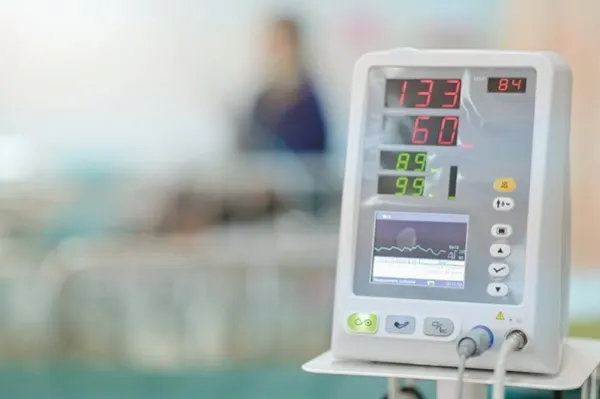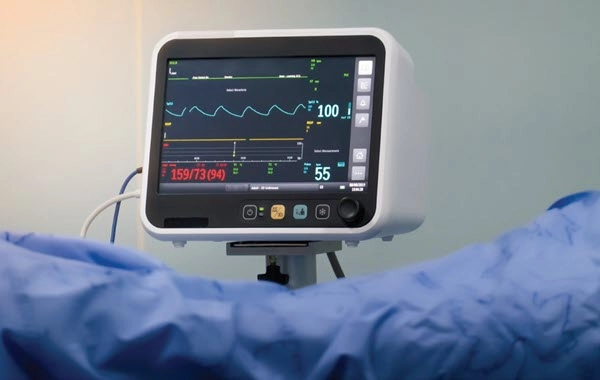Check these simple scenarios and determine which diagnosis code you’d select.
When a patient presents to the ED with a fast heart rate, selecting the most accurate ICD-10-CM codes can be tricky because you have so many different choices. Because specificity is key, you must read the medical documentation clearly to ensure that you’re catching all most integral details.
Check out these simple tips on how to code tachycardia presentations in the ED.
First, Understand What It Is
Tachycardia occurs when a patient’s heart beats too quickly. Usually, tachycardia is described as a heart rate of over 100 beats per minute at rest.
Tachycardia sometimes has other symptoms as well, such as dizziness, shortness of breath, and chest pain, says Rebecca Sanzone, CPC, CPMA, compliance administrator at St. Vincent Medical Group/Ascension Health in Indianapolis, Indiana. Common testing for tachycardia includes electrocardiograms (EKGs) and stress tests.
There are many different types of tachycardia that you might see in a chart. For instance, sinus tachycardia refers to a typical increase in the patient’s heart rate often caused by exercise or stress.

Many types of irregular heart rhythms, or arrhythmias, can cause tachycardia. Common types of tachycardia caused by arrhythmias include the following, Sanzone says:
Avoid General Code When Possible
Many coders just report tachycardia with the unspecified code R00.0 (Tachycardia, unspecified), says Catherine Brink, BS, CPC, CMM, president of Healthcare Resource Management in Spring Lake, New Jersey. “If that is what is documented in the medical record, then it is correct. However, it is important to note that ‘unspecified’ codes may not support the medical necessity of the service rendered.”
Brink added that coders should educate their providers about the importance of specifying the specific type of tachycardia the patient has in the medical documentation. “Of course, if the provider cannot specify the exact type of tachycardia, then the documentation would be ‘unspecified tachycardia — R00.0,’” Brink added.
Sanzone agrees that knowing the specific type of tachycardia is key to correct coding. You must know if the type of tachycardia has been determined by capture on a test, such as an EKG or stress test, Sanzone said. “You do not want to code someone with SVT or VT if they are just having sinus tachycardia. You need specifics to code properly.”
Check These Scenarios to Nail Down the Code
To better understand how to code these services, check the following scenarios:
Scenario 1: The ED provider documents a diagnosis of ventricular tachycardia. Which code applies?
Solution 1: You should report I47.2 (Ventricular tachycardia) for ventricular tachycardia, Sanzone says.
Ventricular tachycardia is a fast heart rhythm that starts in the lower chambers of the heart. Code I47.2 covers sustained ventricular tachycardia, non-sustained ventricular tachycardia, and Torsades de Pointes (TdP).
Scenario 2: The provider documents supraventricular tachycardia. Which code should you report?
Solution 2: You should report I47.1 (Supraventricular tachycardia) for supraventricular tachycardia. Supraventricular tachycardia refers to a faster than normal heart rate that originates in the atria or the atrioventricular node.

Conditions that fall under code I47.1 include:
Code first note: A code first note instructs you to sequence tachycardia complicating the following conditions first, followed by I47.1:
It will be rare for an ED provider to see a tachycardia case related to a pregnancy or obstetric surgery, but it’s important to be aware of these codes just in case one occurs.
